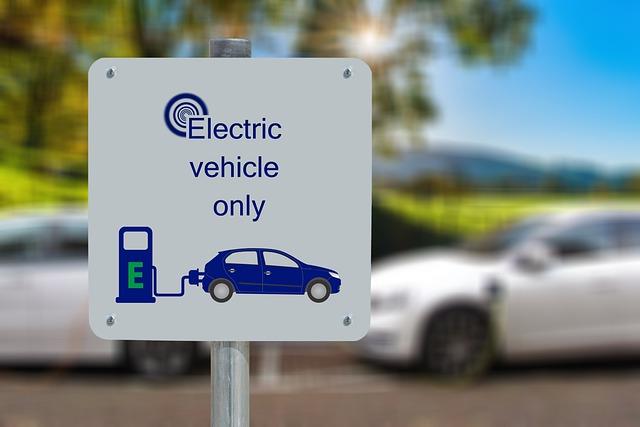Electric Vehicles Explained

What are Electric Cars?
An electric car is an automatic vehicle that uses electricity to power its battery. Unlike regular vehicles, you have to plug in this car to a charge point when it runs out of juice.
However, some electric vehicles (EVs) use both electricity and gas. The EVs that use both are known as hybrid cars. On the other hand, the ones that use electricity only are known as battery electric vehicles (BEVs).
One of the main differences between a BEV and other cars is that it doesn’t produce tailpipe emissions. And since it doesn’t have an engine, a BEV produces little-to-no noise.
The fact that it has no engine makes the maintenance process of electric cars quite different. For example, you’ll never have to worry about oil changes. Therefore, your main goal when maintaining an electric car should be to give it enough charging time.
Do EVs Have Different Charging Speeds?
Yes, EVs have three different charging speeds. You can recharge your BEV either slowly, fast, or rapidly. If the design requires a slow charging speed, you can use the 120-volt AC outlet. This outlet can take up to 50 hours to recharge your EV.
The fast charging outlets that take between 4 and 10 hours are the 240V and 280V outlets. Such outlets are available at home or public charging points.
The third type, rapid speed, takes about an hour to recharge BEV’s batteries from 0 to 80%. The rapid speed outlets are direct current fast charging (DCFC) outlets.
How Does an Electric Engine Work?
Unlike regular cars with combustion engines, a BEV comes with an electric motor. So instead of using gas, it has a traction rechargeable battery pack that powers it.
An electric car is a fully-automated car; therefore, it has a single-speed transmission that’s responsible for powering the wheels. It also has an inverter that converts the electric current from DC (direct current) to AC (alternating current). This, in turn, powers the motor that turns the wheels.
When your battery is low, you can plug your car into an electric vehicle supply equipment (EVSE). Fortunately, there are several BEV charging points across the region that connect your vehicle to the grid. You can also recharge your electric car at home.
What is The Range of Electric Vehicles?
The range of electric cars varies between 128.75 km and over 482.8 km. In fact, since 2021, most electric cars can cover 349.23 km on a single charge. The newer models have an even higher range.
Things like the weather and your driving habits play a key role when determining the range of an EV. On average, such an EV uses about 30 kWh to drive 160.93 km.
What Is A Hybrid Car?
A hybrid car is an EV that runs on fuel and electricity. It is an upgrade of the conventional vehicle but with a traditional engine and other components. Also, because it still runs on fossil fuels, it has tailpipe emissions.
However, the combination of regular and electric driving reduces fuel consumption. The tailpipe emission of a hybrid is also lower than that of a traditional vehicle.
A hybrid car’s battery pack depends on the regenerative braking system to recharge. As such, it captures the deceleration energy. That’s how it saves on fuel.
Hybrid car designs serve different purposes. Some are to increase fuel savings, while others focus on lowering a car’s costs. Currently, the market has various hybrid vehicles. For example, a parallel hybrid design combines gas and electricity.
The gasoline engine of parallel hybrid cars only recharges the battery, while the electric motor gives all the power to run your car. But if yours is a plug-in hybrid, its battery pack needs external charging like a battery electric car.
